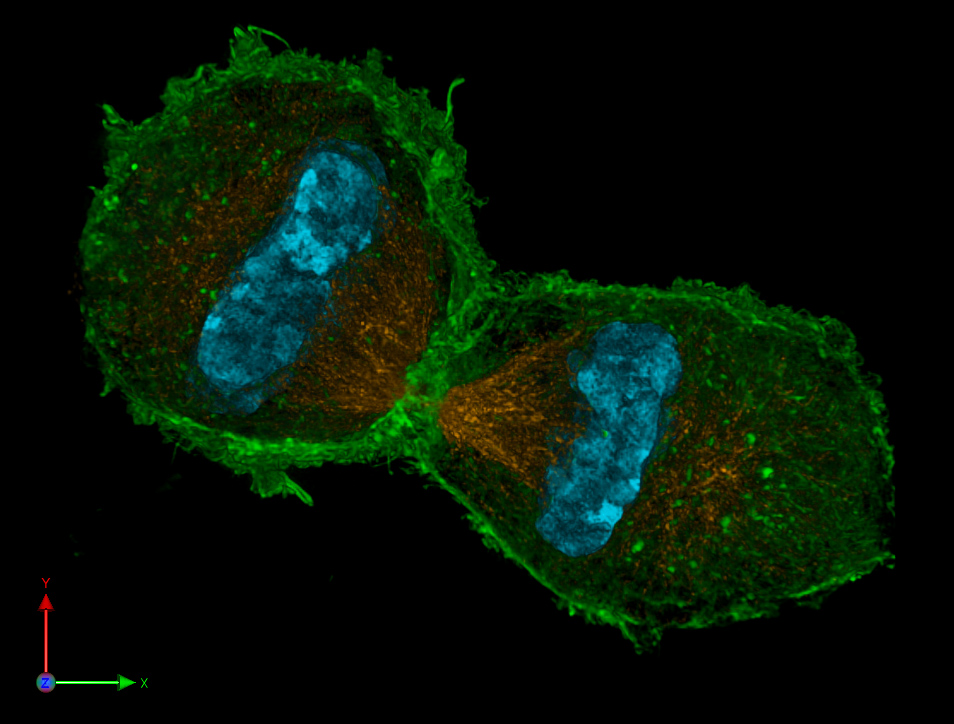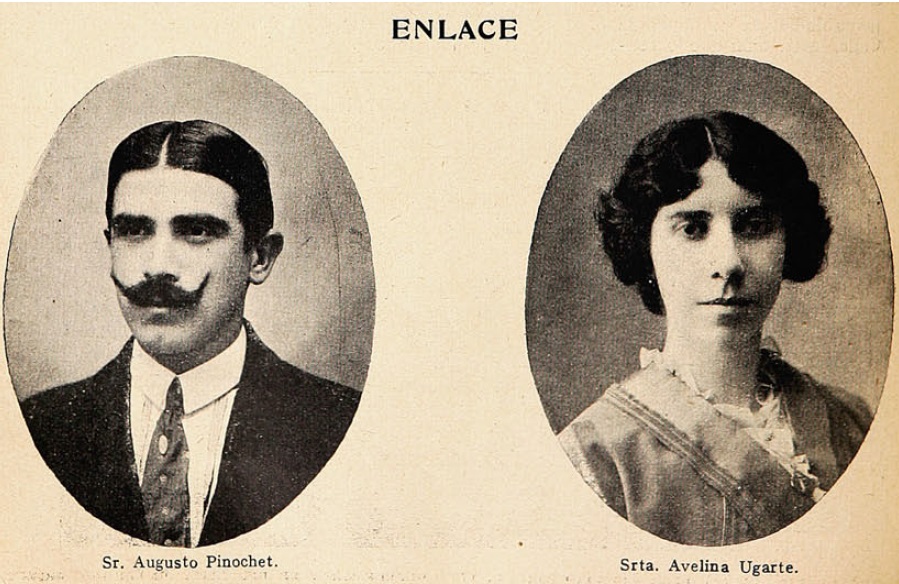|
Francisco Varela
Francisco Javier Varela García (September 7, 1946 – May 28, 2001) was a Chilean biologist, philosopher, cybernetician, and neuroscientist who, together with his mentor Humberto Maturana, is best known for introducing the concept of autopoiesis to biology, and for co-founding the Mind and Life Institute to promote dialog between science and Buddhism. Life and career Varela was born in 1946 in Talcahuano in Chile, the son of Corina María Elena García Tapia and Raúl Andrés Varela Rodríguez. After completing secondary school at the Liceo Alemán del Verbo Divino in Santiago (1951–1963), like his mentor Humberto Maturana, Varela temporarily studied medicine at the Pontifical Catholic University of Chile and graduated with a degree in biology from the University of Chile. He later obtained a Ph.D. in biology at Harvard University. His thesis, defended in 1970 and supervised by Torsten Wiesel, was titled ''Insect Retinas: Information processing in the compound eye''. After ... [...More Info...] [...Related Items...] OR: [Wikipedia] [Google] [Baidu] |
Talcahuano
Talcahuano () (From Mapudungun ''Tralkawenu'', "Thundering Sky") is a port city and commune in the Biobío Region of Chile. It is part of the Greater Concepción conurbation. Talcahuano is located in the south of the Central Zone of Chile. Geography Together with ten other municipalities, it forms part of the Concepción Province, which in turn is one of four provinces that forms the VIII Region of Biobío Region. Demographics According to the 2002 census of the National Statistics Institute, Talcahuano spans an area of and has 250,348 inhabitants (121,778 men and 128,570 women). Of these, 248,964 (99.4%) lived in urban areas and 1,384 (0.6%) in rural areas. The population grew by 59.9% (93,766 persons) between the 1992 and 2002 censuses. With a population density of 1,873 inhabitants per square kilometre, it is the seventh most populated city of the country. History The official foundation date of Talcahuano is 5 November 1764 when Antonio de Guill y Gonzaga declar ... [...More Info...] [...Related Items...] OR: [Wikipedia] [Google] [Baidu] |
Autopoiesis
The term autopoiesis (), one of several current theories of life, refers to a system capable of producing and maintaining itself by creating its own parts. The term was introduced in the 1972 publication '' Autopoiesis and Cognition: The Realization of the Living'' by Chilean biologists Humberto Maturana and Francisco Varela to define the self-maintaining chemistry of living cells. The concept has since been applied to the fields of cognition, neurobiology, systems theory, architecture and sociology. Niklas Luhmann briefly introduced the concept of autopoiesis to organizational theory. Overview In their 1972 book ''Autopoiesis and Cognition'', Chilean biologists Maturana and Varela described how they invented the word autopoiesis. They explained that, They described the "space defined by an autopoietic system" as "self-contained", a space that "cannot be described by using dimensions that define another space. When we refer to our interactions with a concrete autopoieti ... [...More Info...] [...Related Items...] OR: [Wikipedia] [Google] [Baidu] |
Meditation
Meditation is a practice in which an individual uses a technique to train attention and awareness and detach from reflexive, "discursive thinking", achieving a mentally clear and emotionally calm and stable state, while not judging the meditation process itself. Techniques are broadly classified into focused (or concentrative) and open monitoring methods. Focused methods involve attention to specific objects like breath or mantras, while open monitoring includes mindfulness and awareness of mental events. Meditation is practiced in numerous religious traditions, though it is also practised independently from any religious or spiritual influences for its health benefits. The earliest records of meditation ('' dhyana'') are found in the Upanishads, and meditation plays a salient role in the contemplative repertoire of Jainism, Buddhism and Hinduism. Meditation-like techniques are also known in Judaism, Christianity and Islam, in the context of remembrance of and prayer and dev ... [...More Info...] [...Related Items...] OR: [Wikipedia] [Google] [Baidu] |
14th Dalai Lama
The 14th Dalai Lama (born 6 July 1935; full spiritual name: Jetsun Jamphel Ngawang Lobsang Yeshe Tenzin Gyatso, shortened as Tenzin Gyatso; ) is the incumbent Dalai Lama, the highest spiritual leader and head of Tibetan Buddhism. He served as the resident spiritual and temporal leader of Tibet before 1959 and subsequently led the Tibetan government in exile represented by the Central Tibetan Administration in Dharamsala, India. A belief central to the Tibetan Buddhist tradition as well as the institution of the Dalai Lama is that he is a living Bodhisattva, specifically an emanation of Avalokiteśvara (in Sanskrit) or Chenrezig (in Tibetan), the Bodhisattva of Compassion. The Mongolic languages, Mongolic word ''dalai'' means ''ocean.'' He is also known to Tibetans as Gyalwa Rinpoche ("The Precious Jewel-like Buddha-Master"), ''Kundun'' ("The Presence"), and ''Yizhin Norbu'' ("The Wish-Fulfilling Gem"). His devotees, as well as much of the Western world, often call him ''His Ho ... [...More Info...] [...Related Items...] OR: [Wikipedia] [Google] [Baidu] |
Tulku Urgyen Rinpoche
Tulku Urgyen Rinpoche (1920A Brief Biography of Tulku Urgyen Rinpoche – February 13, 1996) () () was a Buddhist master of the Kagyü and Nyingma lineages who lived at Nagi Gompa hermitage in Nepal. Urgyen Rinpoche was considered one of the greatest Dzogchen masters of his time. Life Born in Nangchen, Kham in Eastern TibetInterview for Vajradhatu Sun, 1985/ref> in 1920, he was recognized by Khakyab Dorje, 15th Karmapa Lama as the reincarnation of both the Chowang Tulku and Nubchen Sangye Yeshe, one ... [...More Info...] [...Related Items...] OR: [Wikipedia] [Google] [Baidu] |
Shambhala Training
Shambhala Training is a secular approach to meditation and a new religious movement developed by Tibetan Buddhist teacher Chögyam Trungpa Rinpoche and his students. It is based on what Trungpa calls Shambhala Vision, which sees enlightened society as not purely mythical, but as realizable by people of all faiths through practices of mindfulness/awareness, non-aggression, and sacred outlook. History Chögyam Trungpa Rinpoche arrived in North America in 1970, and began teaching Western students from within the Kagyu and Nyingma lineages of Tibetan Buddhism. These students formed a growing spiritual community, which incorporated as Vajradhatu (now Shambhala International) in 1973. Beginning in 1976, Trungpa Rinpoche presented a series of teachings known as the "Shambhala teachings" to the community. These teachings presented the principle of basic goodness, and a secular rather than religious approach to enlightenment. In 1977, Trungpa Rinpoche first trained senior students ... [...More Info...] [...Related Items...] OR: [Wikipedia] [Google] [Baidu] |
Vajradhatu
Vajradhatu was the name of the umbrella organization of Chögyam Trungpa Rinpoche, one of the first Tibetan Buddhist lamas to visit and teach in the West. It served as the vehicle for the promulgation of his teachings, and was also the name by which his community was known from 1973 until 1990. Starting in 1976 it was paralleled by a governmental structure for establishing the non-denominational enlightened society of Shambhala Kingdom, which included Shambhala Training among many other activities. In February 2000, the Vajradhatu organization was renamed Shambhala International by Sakyong Mipham Rinpoche. History Foundation by Chögyam Trungpa Rinpoche The community of Chögyam Trungpa originated in 1970 with his arrival in North America from Scotland. The first established center of his teachings was "Tail of the Tiger" in Barnet, Vermont (now Karmê Chöling). When he began teaching at University of Colorado Boulder in 1971, a second branch of the community began to form th ... [...More Info...] [...Related Items...] OR: [Wikipedia] [Google] [Baidu] |
Tibetan Buddhism
Tibetan Buddhism is a form of Buddhism practiced in Tibet, Bhutan and Mongolia. It also has a sizable number of adherents in the areas surrounding the Himalayas, including the Indian regions of Ladakh, Gorkhaland Territorial Administration, Darjeeling, Sikkim, and Arunachal Pradesh, as well as in Nepal. Smaller groups of practitioners can be found in Central Asia, some regions of China such as Northeast China, Xinjiang, Inner Mongolia and some regions of Russia, such as Tuva, Buryatia, and Kalmykia. Tibetan Buddhism evolved as a form of Mahayana, Mahāyāna Buddhism stemming from the latest stages of Indian Buddhism (which included many Vajrayana, Vajrayāna elements). It thus preserves many Indian Buddhist Tantra, tantric practices of the Gupta Empire, post-Gupta Medieval India, early medieval period (500–1200 CE), along with numerous native Tibetan developments. In the pre-modern era, Tibetan Buddhism spread outside of Tibet primarily due to the influence of the Mongol Emp ... [...More Info...] [...Related Items...] OR: [Wikipedia] [Google] [Baidu] |
Exile
Exile or banishment is primarily penal expulsion from one's native country, and secondarily expatriation or prolonged absence from one's homeland under either the compulsion of circumstance or the rigors of some high purpose. Usually persons and peoples suffer exile, but sometimes social entities like institutions (e.g. the Pope, papacy or a Government-in-exile, government) are forced from their homeland. In Roman law, denoted both voluntary exile and banishment as a capital punishment alternative to death. Deportation was forced exile, and entailed the lifelong loss of citizenship and property. Relegation was a milder form of deportation, which preserved the subject's citizenship and property. The term diaspora describes group exile, both voluntary and forced. "Government in exile" describes a government of a country that has relocated and argues its legitimacy from outside that country. Voluntary exile is often depicted as a form of protest by the person who claims it, to ... [...More Info...] [...Related Items...] OR: [Wikipedia] [Google] [Baidu] |
Augusto Pinochet
Augusto José Ramón Pinochet Ugarte (25 November 1915 – 10 December 2006) was a Chilean military officer and politician who was the dictator of Military dictatorship of Chile, Chile from 1973 to 1990. From 1973 to 1981, he was the leader of the Government Junta of Chile (1973), military junta, which in 1974 declared him President of Chile, President of the Republic and thus the dictator of Chile; in 1980, 1980 Chilean constitutional referendum, a referendum approved Chilean Constitution of 1980, a new constitution confirming him in the office, after which he served as ''de jure'' president from 1981 to 1990. His time in office remains the longest of any Chilean ruler.Carlos Huneeus, Huneeus, Carlos (2007)Las consecuencias del caso Pinochet en la política chilena Centro de. Estudios de la Realidad Contemporánea. Augusto Pinochet rose through the ranks of the Chilean Army to become General Chief of Staff in early 1972 before being appointed its List of comm ... [...More Info...] [...Related Items...] OR: [Wikipedia] [Google] [Baidu] |







